Apple is working on how to make a perforated aluminum keyboard chassis with keycaps that incorporate an array of LEDs that can change what is displayed on each key.
Apple files all sorts of patents in order to cover its intellectual property and research from potential copycats — even if the technology is never used. Some patents tend to be incredibly vague or difficult to determine until the product is introduced in reality.
One such filing discovered on Thursday describes a futuristic MacBook keyboard that can change what is displayed on the keys. However, unlike previous touchscreen keyboard concepts, this would use physical keys and LEDs to perform the trick.
The keyboard would still look like a standard hardware keyboard at a glance. The key casings would be aluminum instead of plastic, and when the MacBook is off, there wouldn't be any visible markings on the keys.
Pressing a key would still actuate a scissor-switch mechanism, so typing would feel similar to existing plastic keyboards used in MacBooks today. However, the keyboard would be made from the same material as the rest of the laptop, enabling a more uniform design, colorway, and rigidity. Note that Apple used aluminum key caps on the PowerBook G4, but those had regular key markings.
When the MacBook is turned on, the keys would illuminate. A standard keyboard would be displayed, and unlike today's plastic keys, light would only be visible from the glyph on the key cap. The aluminum key enclosure would have no light bleeding on the key edges.
If the user needs access to symbols, emoji, or even punctuation, the keyboard would be able to change what is displayed on the key cap. Think of it as a physical keyboard functioning like an iPhone's software keyboard — changing what is shown given the context.
This would be accomplished by using a mini-LED, or similar, backlight below the aluminum key plate. Each key would have perforations cut precisely so each LED would shine directly through the top of the key cap.
Each key would effectively act as a low-resolution display, showing whatever letter or glyph was needed.
This technology is different from using miniature displays for each key like a Stream Deck. Nor is it able to produce high-resolution imagery like an OLED display or similar. This patent is more closely related to an 8-bit display than a fully-functional display.
Apple patent 2022/0399172 A1 by Mike Wuerthele on Scribd
 Wesley Hilliard
Wesley Hilliard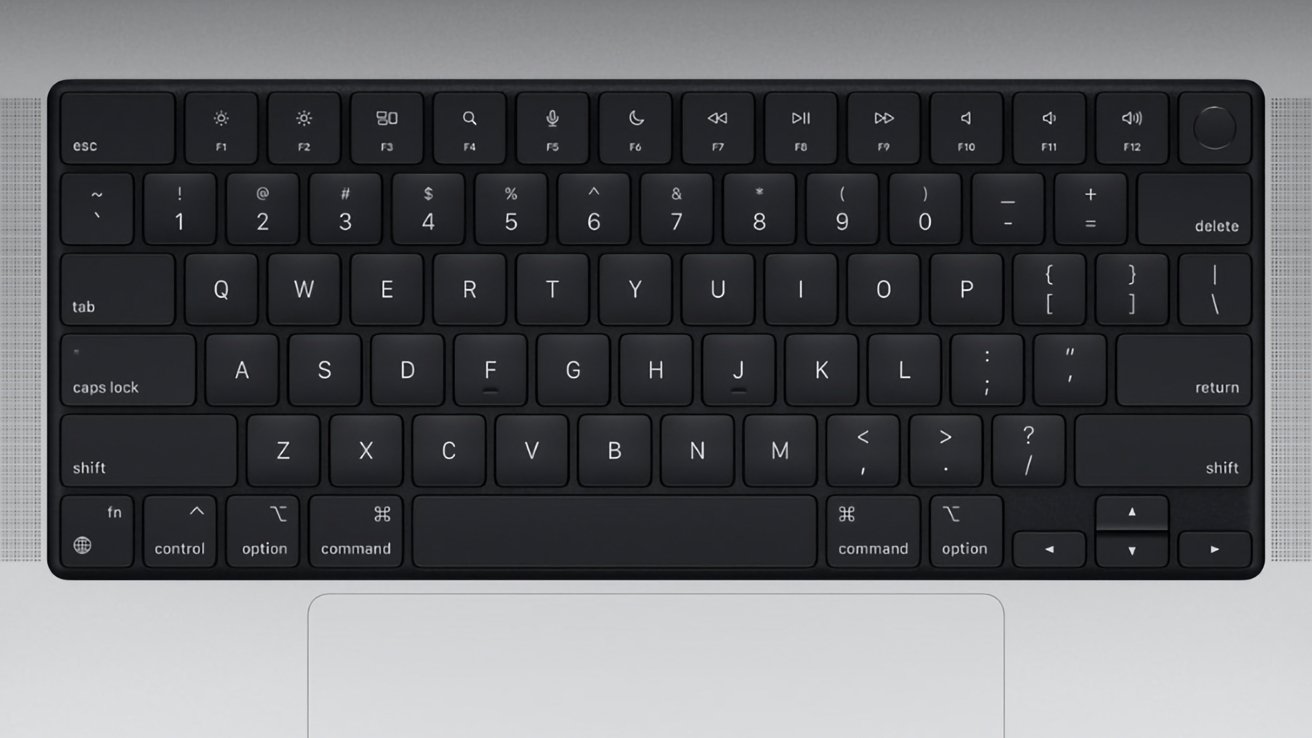
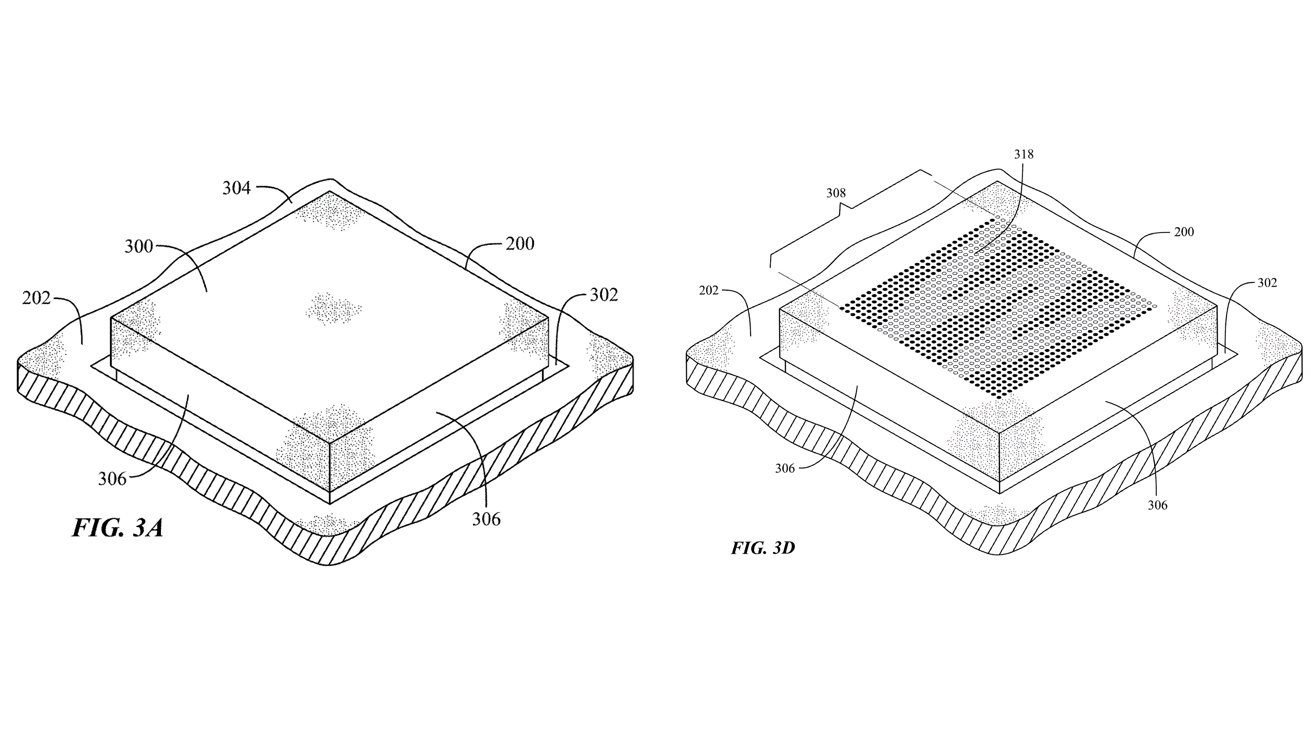

-m.jpg)






 Malcolm Owen
Malcolm Owen
 Andrew Orr
Andrew Orr
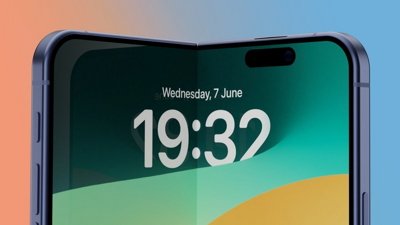
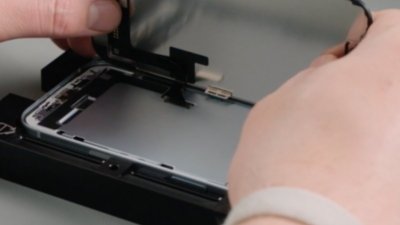
 William Gallagher
William Gallagher
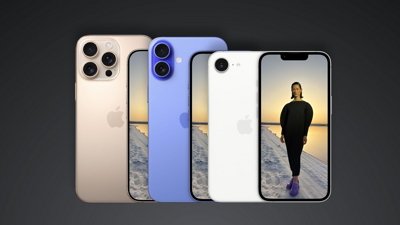

 William Gallagher and Mike Wuerthele
William Gallagher and Mike Wuerthele


-m.jpg)






7 Comments
...and how much cost and complexity will it add,
as often asked about the infamous touch bar that never made it to the desktop...?
That said is a basic backlit keyboard option long overdue...? : )
If these keys don't have 12-bit HDR, 120Hz refresh and 180º viewing angle, they're useless.
It's also noteworthy to say that Apple had shone light through aluminum in past products by making the aluminum thin enough that light penetrated it. Or was it that the perforations were so small they were invisible to the naked eye?
Either way, this will be a great reason for me to upgrade. I use different languages on my keyboard and something like this will be very welcomed. Also I think this maybe a good replacement for the TouchBar, maybe we can invoke emoji icons and they'll show on the spacebar. Swipe to scroll and tap to select. Looking forward to this